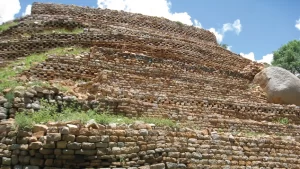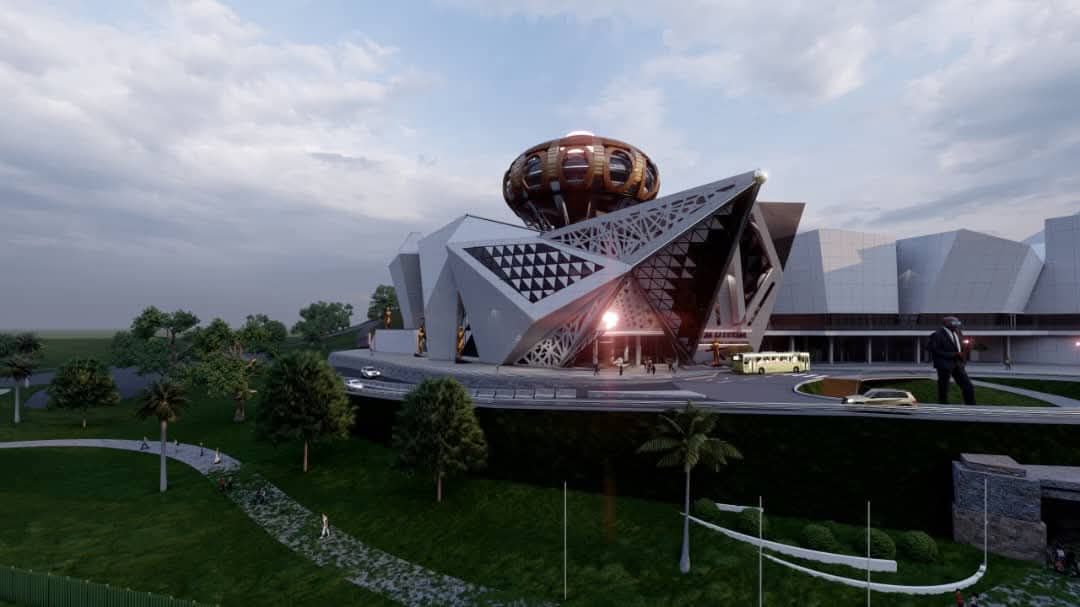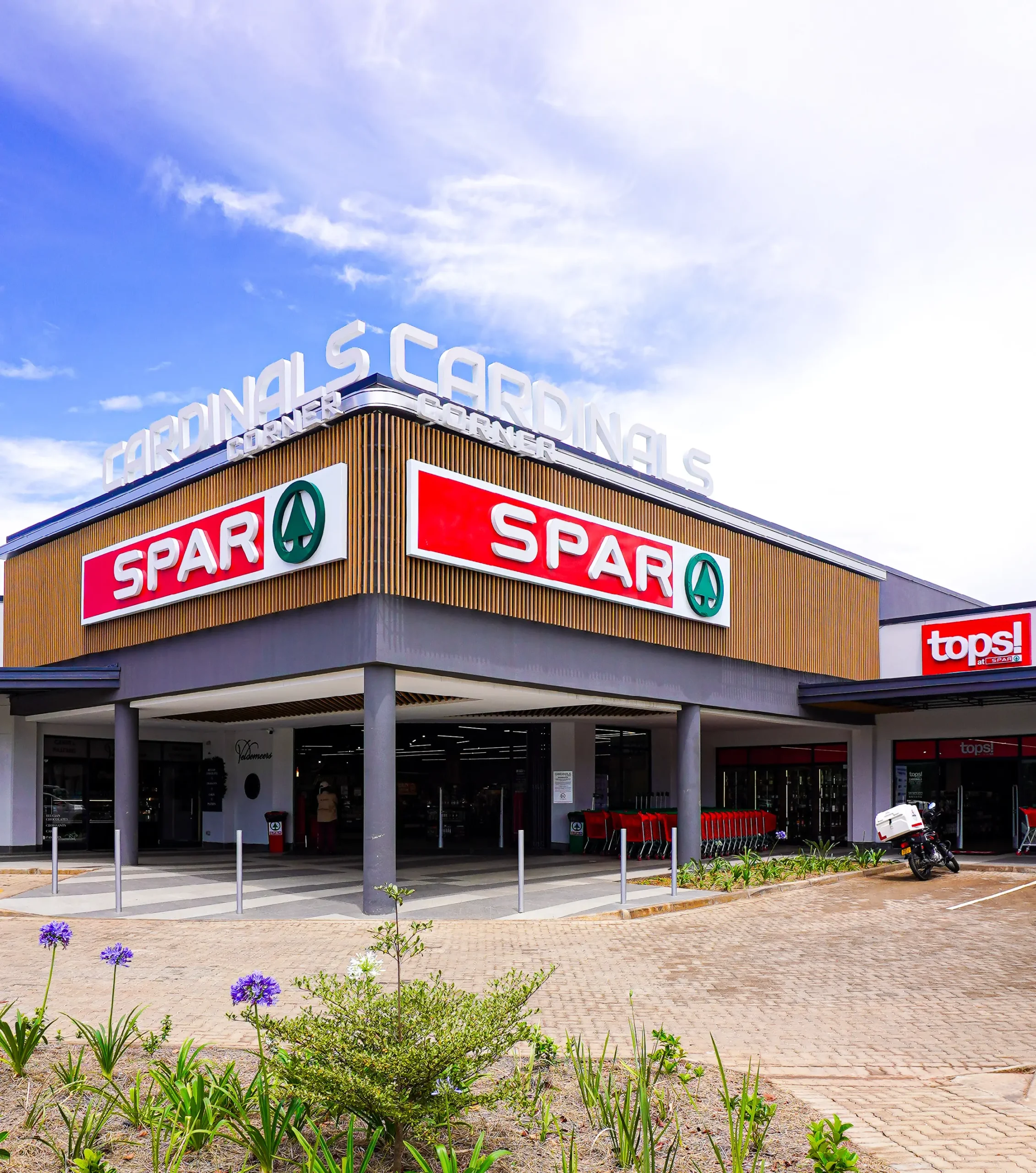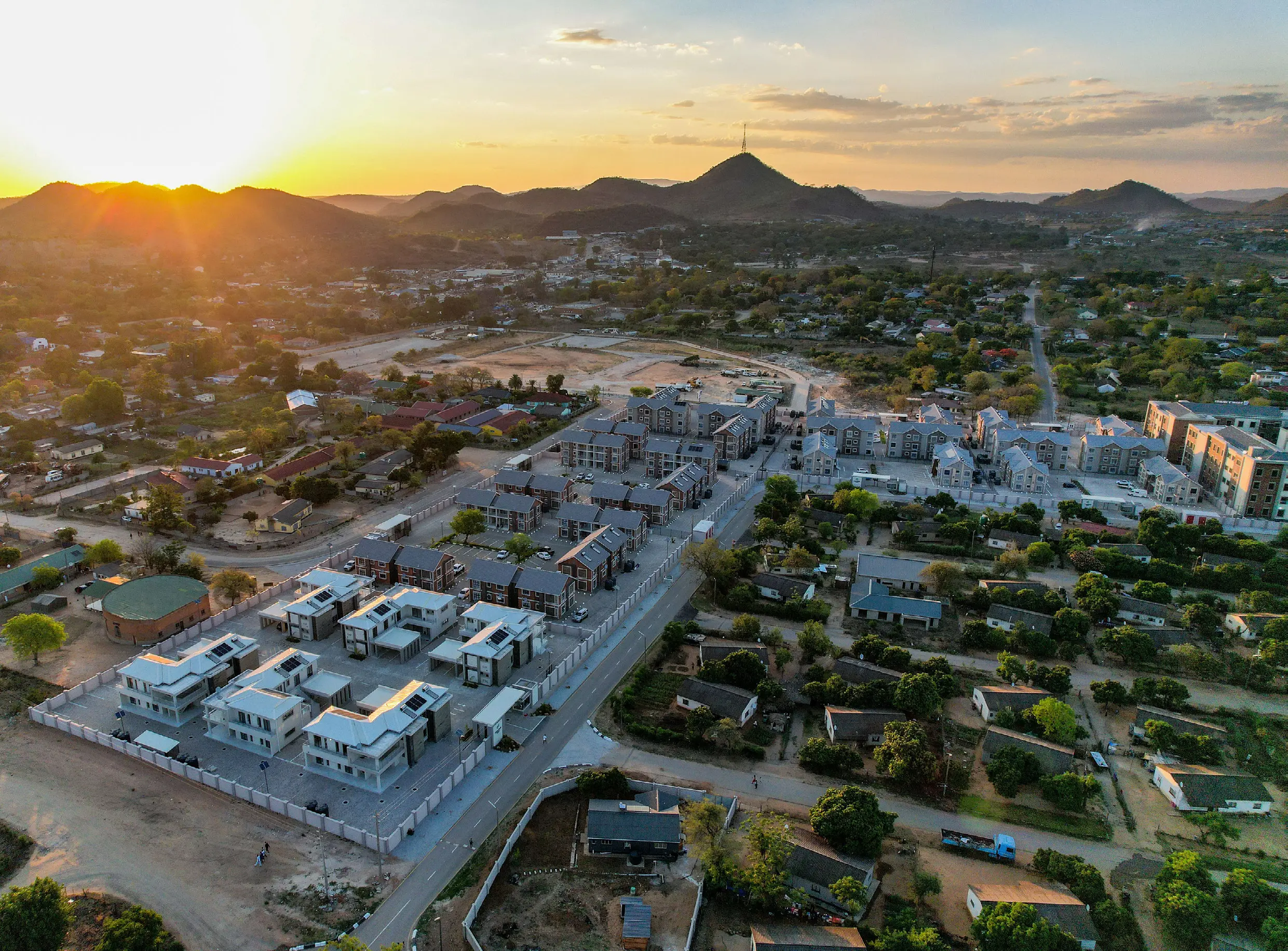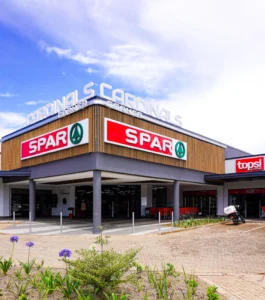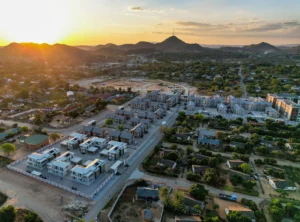Sitting on top of the King’s platform at Khami Ruins outside Bulawayo, one’s eyes are greeted by the beauty and splendor of the dense, lush, green forest surrounding the enclosure. One’s mind goes back in time and tries to imagine what the king of the Kalanga Togwa/ Torwa, King Tjibundule of the Hhowu totem, was thinking when he sat atop this beautiful enclave. It is breath-taking to say the least and the pinnacle of a kingdom that once dominated this part of the country some eons gone by.
Khami Ruins was the capital of the Torwa dynasty, which arose from the collapse of the Great Zimbabwe Kingdom between 1450-1650 and was abandoned during the Ndebele incursions of the 19th century. Interestingly, it has its influence from the Kingdom of Mapungubwe, which is situated in South Africa located at the confluence of the Shashe and Limpopo rivers, south of Great Zimbabwe. Interestingly, it has its influence from the Kingdom of Mapungubwe, which is situated in South Africa located at the confluence of the Shashe and Limpopo rivers, south of Great Zimbabwe.
No wonder the stone architecture is similar as they were built by the same people, the Kalanga. The King’s platform is where the king had his residence and surrounded by the harem of his wives in other enclosures. To the south, the Khami Dam can be seen partially because of the dense green forest that brings a sense of serenity, that takes you away from the world’s problems and takes your imagination back into time.
This was the last part of our afternoon, after having a hearty meal with my friends at the ruins recently. We visited the place to relax and soak in the scenery and have a great time together. The sunset was the reason we had gone to the top of this platform; it was fierce and crimson, beautiful as it marked the end of the day.
It’s interesting to note that when we got to the top of the King’s platform, suddenly our phones started chiming. This is one of the only spots around Khami ruins that has network reception. Again, it became intriguing to think about why the king chose this spot for his palace. Perhaps because in the olden times, a king was the closest being to the gods and he had to be situated up there near them to intercede for his people, and he was the ‘network service provider’ at that time.
Also, the king was a deity of some sort and was worshiped by his people. Being up there wielded some sort of power over the multitudes he ruled. Besides having a great and scenic view of his kingdom, this vantage point could have been for security reasons. The steep ascent through one of the many narrow passageways could have been to channel the enemy into a funnel and rocks could have been dropped on them as they tried to execute a raid.
Also, this vantage point could have been used by the king or his guards to see the coming enemy from a distance giving them enough time to prepare for an attack. This got me thinking about a trip I had in 2012 to a place in Durban called Ntshenteka. Here, I was accompanying the Amangwe on their expedition to be reunited with their King Ntshosho Zwane II.
At Ntshenteka, there is a rock called Itshe likaMangethe which is 20 metres high and King Mangethe would climb it using a tree called umzungulu. He would see the enemy from a distance. The drive from the city centre to Khami Ruins is about 20 kilometres using Khami Road. When we got there, we were greeted by a local welcoming party, a troop of baboons which was foraging in the thick grass. These fellows would look towards our direction and according to one of the park assistants, we should be wary of the baboons and should not be bullied into leaving the food that we had brought for our braai, by a charge.
And braai we did, but the monumental mistake we made was to leave the city and travel the 20-kilometre journey without charcoal. Firewood is a scarce commodity in this area and the log that we found was difficult to axe. We were given a blunt axe by the park assistants and we took turns labouring, hacking at a log in the heat spurned on by the fumes of hunger.
Eventually, after 30 minutes, we had enough firewood to start a fire and get the braai going. One has to appreciate people who are more organised. There were ladies who had come with plates, bowls for salads, spices, towels, matches, cooler boxes and tumblers. The drinks were flowing, the conversations were riveting, filled with laughter, life lessons and in an hour our meat was ready. As we were salivating and serving, the local welcoming party returned, foraging.
They took their time to pass by, the young mothers carrying their infants, while the dominant male strutted along at the back of the troop. They disappeared into the mountains that surrounded the braai area and at the same time we started packing as it was 5.30pm, closing time. This place is a gem, and people need to visit it and appreciate the history it has.
But something should be done about the road leading to Khami Ruins. It is prohibitive for those who have small cars, it’s bumpy and laden with potholes. It’s terrifying to note that there are dangerous Black Mamba snakes slithering around the area. And when going up into the ruins, do so at your own peril as you might encounter the swift biting temperamental deadly serpents.
Luckily, we didn’t.




